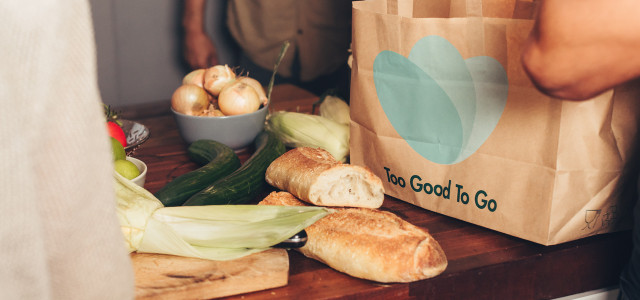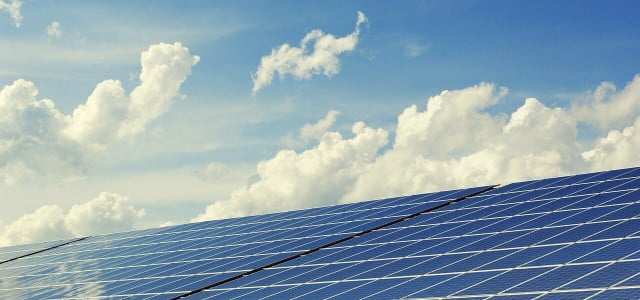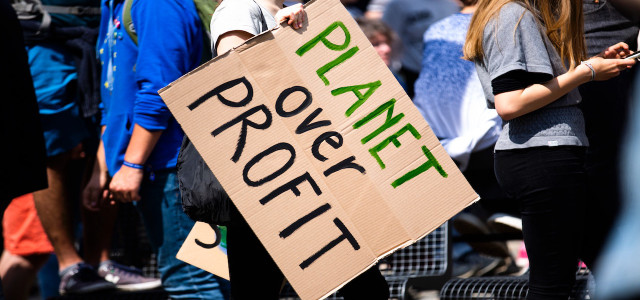The effects of climate change are becoming increasingly evident: Recurring heat waves and drought are sweeping the country, and the hurricane season gets longer each year. Instead of planning for the worst, maybe we should ask ourselves the ways to prevent climate change, how we can protect the environment and how to play our part in stopping the climate crisis.
Every single one of us can take a stand against climate change by making small but pivotal changes to our daily habits. Smart and sustainable everyday decisions can make a difference. Here are 15 ways to prevent climate change and protect the environment every day.
1. Waste Less

According to the U.S. Environmental Footprint Factsheet from Michigan University, “One way to quantify environmental impacts is by estimating how many Earths would be needed to sustain the global population if everyone lived a particular lifestyle. One study estimates it would take five Earths to support the current human population if everyone’s consumption patterns were similar to the average American”.
We witness such shocking emissions and consumption statistics quantified through our environmental footprint primarily due to wasteful habits within our daily consumption routines — and that’s with absolutely everything we use.
Food waste is a major catalyst of climate change. Lots of food goes to waste due to improper storage practices. Check out these 7 Easy Tricks to Avoid Food Waste to ensure it doesn’t happen on your watch.
An additional contributor to global warming is our wasteful approach to consumption through convenience goods such as single-use plastics. Plastics are everywhere and undoubtedly make our life easier, but we can easily do without them. Practice conscious consumerism and do your best to eliminate plastic from your daily routine. For inspiration, check out Life without Plastic: Easy Tips for Everyone.
Want to learn how to effectively reduce your overall environmental footprint? We’ll show you how in 8 Things to Eliminate from Your Home and 12 Questionable Habits & Products to Ban From Your Bathroom.
2. Share and Reuse Resources: Easy Ways to Prevent Climate Change



The production of consumer goods requires vast amounts of energy and resources. Americans, on average, are responsible for around 2.75 tons of carbon emissions every year solely through the consumption of non-food items.
We could cut these sky-high emissions in half if we only shared every second product with a neighbor, purchased goods secondhand or rented tools and repaired things ourselves. Doing so is cheaper, more self-sufficient, and is one of the easiest ways to prevent climate change.
3. Buy Organic Products Instead of Foods Laced With Fertilizer and Pesticides
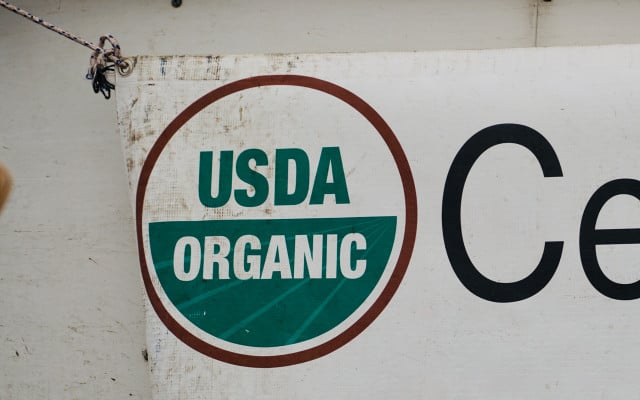


Organic food production avoids the use of artificial chemical fertilizers and agricultural chemicals (pesticides). The result is a 20% reduction in greenhouse gas emissions compared to conventional farming. Through humification, the formation of organic matter decomposed from plant remains, greenhouse gases are captured and contained in the ground. Now that’s going green. This saves greater than 0.1 tons in resulting carbon emissions for every additional 1,234 pounds of food produced.
4. Save Energy to Prevent Climate Change
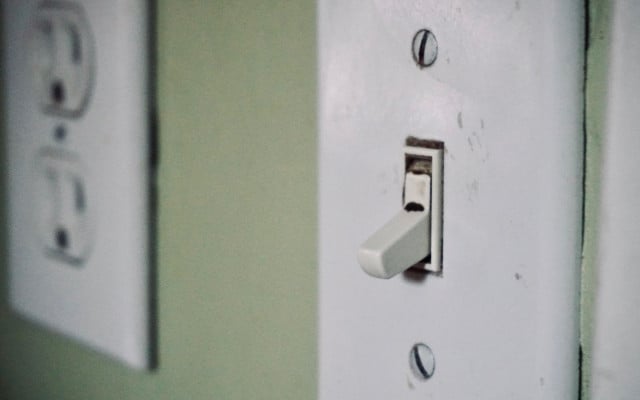


What if putting a stop to climate change was simple, and everybody could pull their weight without breaking a sweat? We all use devices that feed on electricity — and using electricity still burns coal. If we all save energy, we save the environment.
Here’s an everyday tip: Whenever you’re not using a device, unplug it. These continue to eat up electricity (known as vampire power) even when turned off. Regularly unplugging your phone charger from the wall isn’t a tough task to take up into your routine. What about multiple devices? Buy power strips (or surge protectors) with standby modes, plugs with on/off switches, timers and remotes.
We also use a good deal of energy to heat the water we use at home. Check out our guides to energy-saving tips to save money and saving water at home for some advice on sustainable saving practices.
5. Buy Locally Produced Foods in Season



Emissions on average: Carbon emissions for every kilogram of fruit or vegetables from overseas total up to approximately 10 kilograms of CO2. Foods cultivated in (heated) greenhouse settings are responsible for 10 times the amount of greenhouse gas emissions as open field production.
Better for the climate: regionally and seasonally field-harvested vegetables.
6. Public Transportation: Inexpensive Ways to Prevent Climate Change



Taking public transportation saves a whopping 2.5 tons of carbon emissions per person per year (compared to regular-sized vehicles driven 10,000 km within the same timeframe). City and intercity buses, trains and trams are remarkably more efficient: they are capable of transporting far more people at a time while using far less energy.
Another pro tip for daily changes for climate protection: car sharing and ride sharing.
7. Bike instead of Drive



The gas-guzzling car, no matter the size, burns fossil fuels (gasoline or diesel) and is not the optimal choice when it comes to reducing your own environmental footprint or helping you prevent climate change. Electric cars show long-term reductions in carbon emissions. Currently, there are a few small and affordable options on the market, but not everybody is in the market for a new electric car. If larger investments like these aren’t right around the corner, leaving your car in the garage and hopping on your bike once in a while will do the trick.
There are a ton of compelling reasons to travel by bike instead of car. Riding your bike prevents you from getting wound up while stuck in rush-hour traffic and avoids the subway rush at peak travel hours. The ride to and from work also gives you time to concentrate on yourself. Plus, there’s no gas or electricity required: The only energy you’ll need to burn is your own.
Make it a family affair by teaching your kids how to ride a bike, and make sure to maintain your fitness and stay safe year-round by learning how to bike in winter.
8. Make the Switch to Green Energy
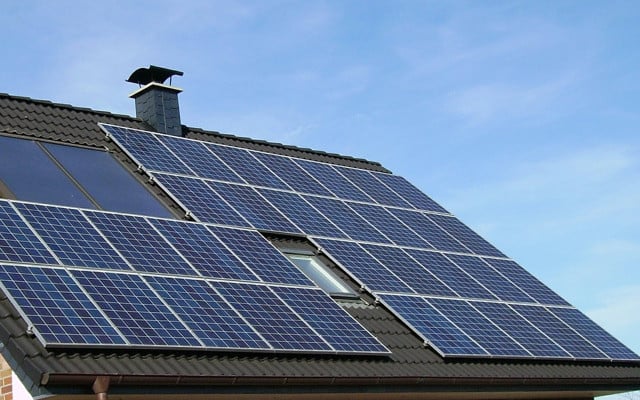


Save the planet and protect the environment by switching to clean power sources: Green energy accounts for a reduction of more than half a ton of CO2 per person every year (based on a four-person family with energy consumption of 4,500 kilowatt hours per year). Certified green energy results in fewer CO2 emissions since it originates from sustainable and renewable energy sources.
9. Swap Banks: Find your New Sustainable Bank
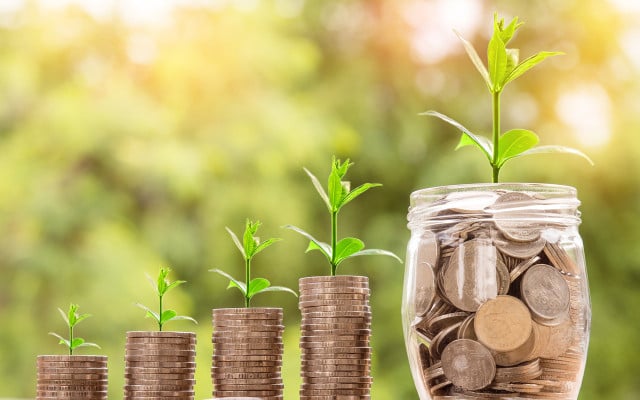


Such a change may sound somewhat off the beaten path; however, the switch does indeed make a difference. In contrast to conventional banks, sustainable banks make clear-cut investment decisions that do not involve weapons, food speculation or energy sources which are harmful to the environment. “Eco-banks” invest in sustainable projects and renewable energies in the name of climate protection. They’re helping to build an eco-friendly and fiscally realistic economy for the future.
10. Use Energy-saving LED Lamps



Save on CO2 emissions totaling 0.4 tons per year (in a four-person household). Energy-saving lamps only require around a fifth of the energy required by conventional lightbulbs and last far longer. This is a small but essential step in limiting our personal impact and preventing global warming.
11. Ways to Prevent Climate Change: Travel by Train
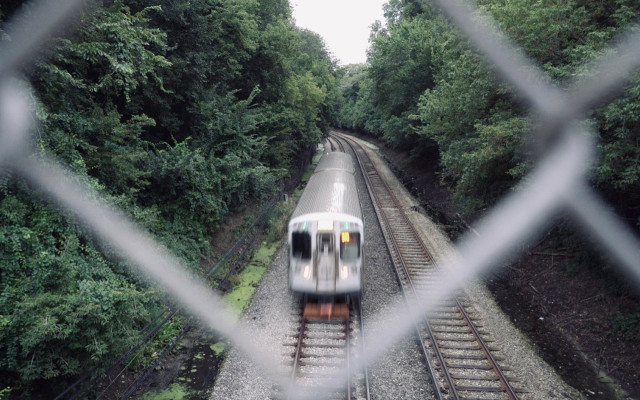


Of all the ways to travel, airplanes are by far the most detrimental to the environment. At high altitudes emissions become particularly dangerous. According to the RFI (Radiative Forcing Index), you’d have to multiply carbon emissions by a factor of 2.7 to calculate the real climate impact (=0.67 tons). Traveling by train is much less harmful to the climate.
Tip for longer journeys: Take the night train instead of flying.
12. Eat Less Meat



Meat and dairy products have the greatest climate impact of all foods. Eating and drinking less is the key to playing your part in combatting climate change. Through the consumption of meat and cheese alone, every American is responsible for the equivalent of 560 kg in carbon emissions per year. Vegetarians can half these numbers. Vegans bring this total down to 75 kg yearly. Total savings: half a ton!
This in no way means we all need to turn to veganism. Simply consuming less meat makes an impact. Check out these 5 Simple Steps Toward a Vegan Diet.
13. Proper Home Insulation Helps Prevent Climate Change



Properly insulated homes do wonders for the climate. Depending on the building type and the number of occupants, emissions can be cut by up to 3 tons per year!
Renters should also be proactive in keeping things airtight and properly sealing windows (check out 3 Simple Ways to Quickly Insulate Your Windows for some handy tips). This not only saves energy but puts money back into your pocket.
Did you know summer insulation can help keep heat out and lower your air conditioning bills over hot months?
14. Create More Yourself
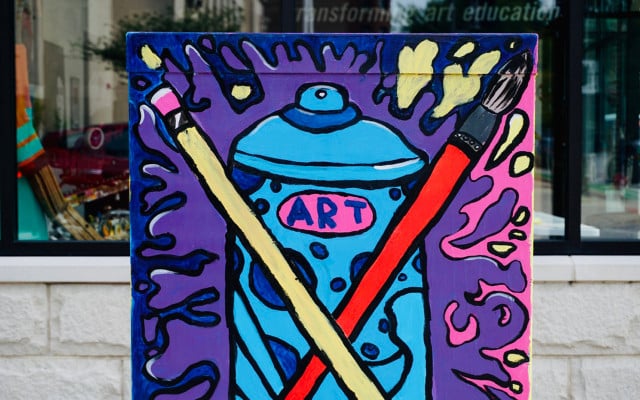


Putting your hands to work more often makes you think twice about wasteful consumption and is one of the most rewarding ways to prevent climate change. Making and repairing things yourself is a rewarding, sustainable and wholesome practice.
Rushing out to the store (or mall) during various times of the year can also be daunting. Homemade is always better.
15. Keep Tabs on Sustainable Companies



Companies still pose a serious threat to the climate, but they don’t need to continue doing so. Large-scale business growth and sustainability can indeed go hand in hand, and those companies that do take the initiative deserve our attention.
That said, make sure to avoid supporting greenwashing.
Inform yourself and make the switch to a sustainable company today. Take a critical look at the products you consume and the companies you offer your business. Have a read on company websites, and explore their corporate pages as well as outsider reviews and perspectives. If they’re sustainable, it’ll show. Conscious consumption is key to the success of sustainable companies in today’s economy. Let them know: cutting corners doesn’t pay.
Sustainable living is often falsely equated with expensive living; however, going green won’t break the bank. More than likely, it will actually end up saving you some green in the end. This first involves cutting expensive (and unsustainable) items from your shopping list.
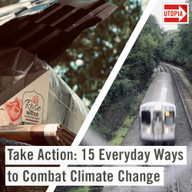


Read more:
- Zero-Waste Lifestyle 101: How to Lead A No-Waste Life
- The Unseen Impact of the Climate Crisis on Kids
- 6 Versatile Eco-Friendly Foods to Add to Your Diet
- Green Hushing on the Rise: How Problematic Is This Greenwashing Twin?
Do you like this post?








